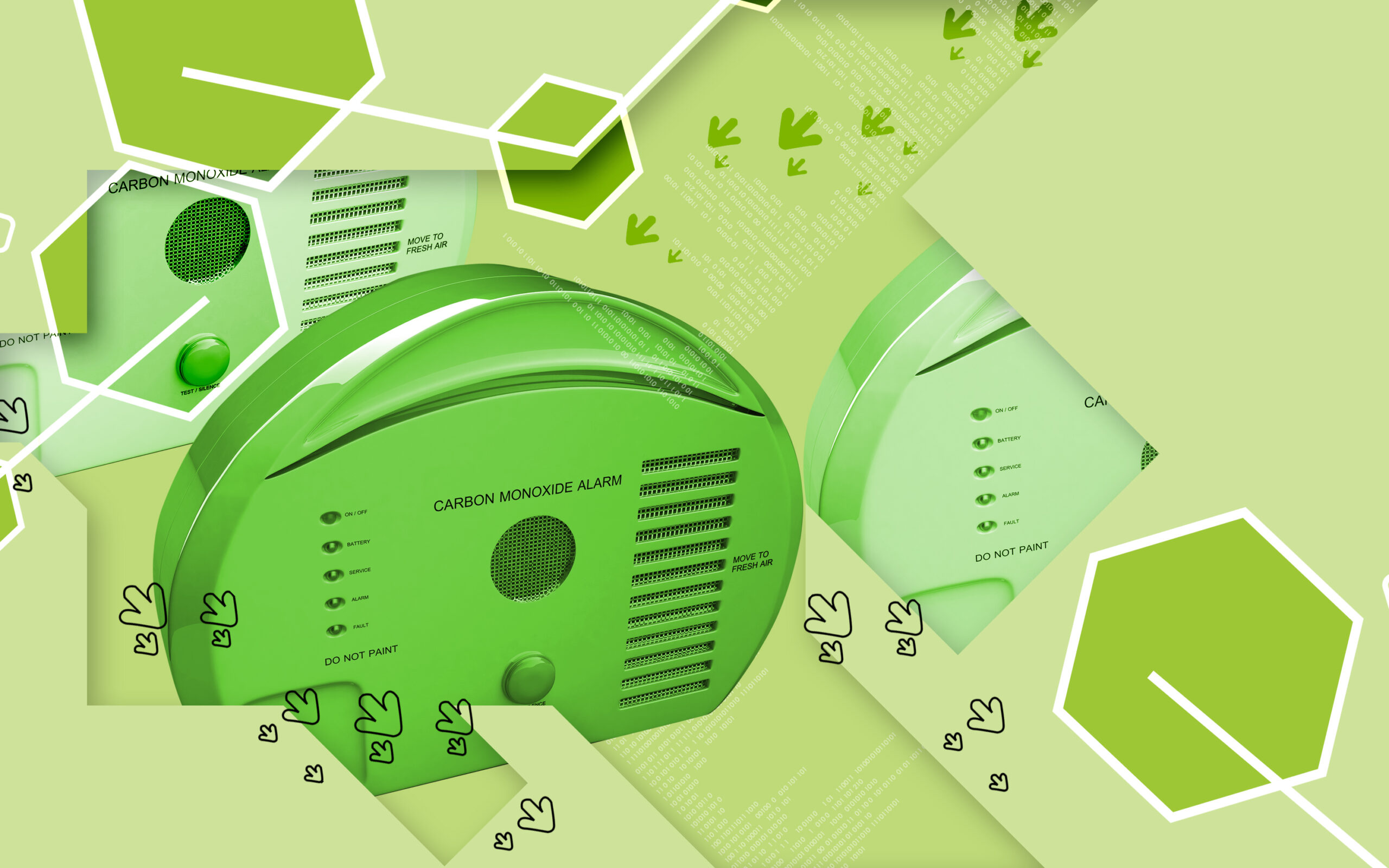
A Case for Resiliency & Associated Life Safety Concerns
March 5, 2021Amidst the recent devastation in Texas, there have been many deaths reported in Texas from carbon monoxide poisoning due to people heating their homes with combustion appliances inside the home (e.g., people using outdoor cooking grills or vehicles inside the home for heat). This tragic example of how homes may be used in catastrophic times highlights the need for electric homes to still have CO monitors in case auxiliary heat is introduced.
Residential building code (IRC) only requires smoke alarms, versus both carbon monoxide AND smoke alarms (which are more expensive), when there are no combustion appliances in the home. While not including carbon monoxide alarms can seem like an easy cost savings measure, design teams should consider how homes will operate in a natural disaster, and even attached garages pose a carbon monoxide risk. Installing CO and smoke alarms with a 10-year battery in all living spaces will ensure a safe living environment. Below are some other strategies for building more resilient homes:
- Robust Thermal & Air Barriers:
-
- Well insulated and airtight homes maintain a constant temperature regardless of the outdoor climate, and are able to better maintain temperatures during a power loss.
- Design for Comfort and Durability:
-
- Homes without bathrooms/bedrooms over garages, with minimal cantilevers, and with simple geometry will have less heat loss. Such energy-conscious building design can also prevent freezing pipes and comfort issues throughout the year.
- Planning for Backup:
-
- Solar panels tied to a battery storage system are a good solution when power from utilities is not reliable.
-
- While most net zero or highly energy efficient homes are all electric, especially as public policy increasingly focuses on electrification to reduce carbon emissions, there is a case for bringing natural gas to the home IF it is cost effective as back up heat from a direct vent fireplace or from a generator.
-
- Depending on how often the power goes out, there are different cost-effective generator strategies that can be considered. For example, portable generators can run on propane and gas (these are known as dual fuel generators). These can be easier to maintain and storing propane is safer in general than gasoline.